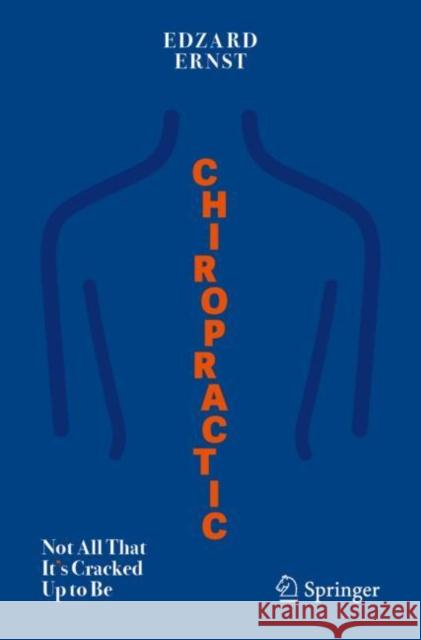Chiropractic: Not All That It's Cracked Up to Be » książka
topmenu
Chiropractic: Not All That It's Cracked Up to Be
ISBN-13: 9783030531171 / Angielski / Miękka / 2020 / 199 str.
Kategorie:
Kategorie BISAC:
Wydawca:
Springer
Język:
Angielski
ISBN-13:
9783030531171
Rok wydania:
2020
Wydanie:
2020
Ilość stron:
199
Waga:
0.30 kg
Wymiary:
23.39 x 15.6 x 1.12
Oprawa:
Miękka
Wolumenów:
01
Dodatkowe informacje:
Glosariusz/słownik
Wydanie ilustrowane
Wydanie ilustrowane











